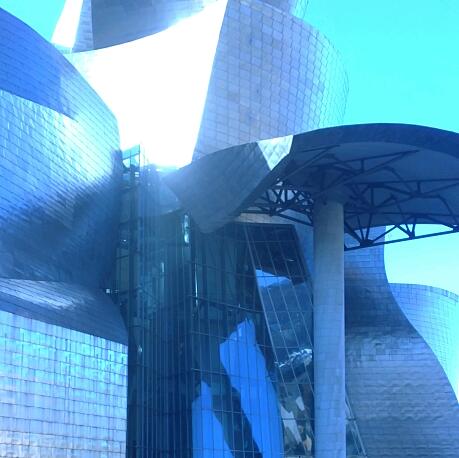|
Bilbao, from Iron to Art New Tourist Office
|

|
 |
Links: |
1. INTRODUCTION Tourist information officers provide travel and accommodation information to tourists, promote tourism, and assess tourist opportunities for local communities. Tourist information officers may perform the following tasks: - answer questions from tourists, visitors, local residents and other tourism industry colleagues, in person, over the phone, via email or online - make suggestions on tours, travel routes, accommodation and local attractions - provide literature and information on local, interstate and international tours and places of interest - maintain literature and brochure stocks - sell souvenirs and other merchandise - discuss transport, accommodation and tour availability and cost - arrange bookings and documentation for travel and accommodation, and collect payment - assist travel agents and tour operators in preparing itineraries for tourists - undertake general clerical and office duties - coordinate volunteer or part-time staff - put together statistics concerning the number and nature of enquiries - be responsible for overall presentation of the information centre. These tasks require a total knowledge of the city you are working in. At the end of this task, you should be able to answer most of tourists’ questions by heart, and, if not, you will know where you should search the information required. 1. Before working with the tourist side of the city, let’s have a look to its History and decide if the following statements are True or false. If they are false, say why. - The port of Bilbao has always been in Santurtzi - Bilbao Port was the first one working in the area - Bilbao was founded more than 700 years ago 2. After its foundation, its inhabitants made their living from market gardens and fishing, and the river was beginning to emerge as the best means of communication with the outside world. There were at that time two different centres of population; on the one hand, the left bank or Bilbao la Vieja, which was a mining area where iron was worked in the foundries, and secondly, the right bank, called the Old Quarter ("Casco Viejo"), which engaged in commerce and port activities. Which were the former streets of the Old Town? Where did/do they started from? 3. Now we know the origins of the city, Could you tell me which are the most interesting areas according to the Bilbao Tourism website? Do you agree? 4. Which one would you recommend to a young couple of honeymooners? and to an elderly one? 5. Could you explain how the Guggenheim Museum means a changing point in the History of Bilbao 2. TASK DESCRIPTION As you know, there are four different Public Organizations involved in promoting Bilbao and working hard to make tourists from all over the world to come to our city: - Bilbao Tourism (Bilbao Tourist Information Offices) - Regional Government Headquarters (Biscay’s Regional Government Web) - Basque Country (Basque Country Tourism Office) - Marca España (Spain’s Official Tourism Portal) Imagine you are hired to redesign the websites. But there is a problem, and an only web is allowed, so your new web page would be a synthesis of all of them. Decide which web page gives more and better information about the following, and the reason why you chose it. - History of the city - Means of transport - Interesting places to visit - Shopping - Gastronomy - City Tours : |